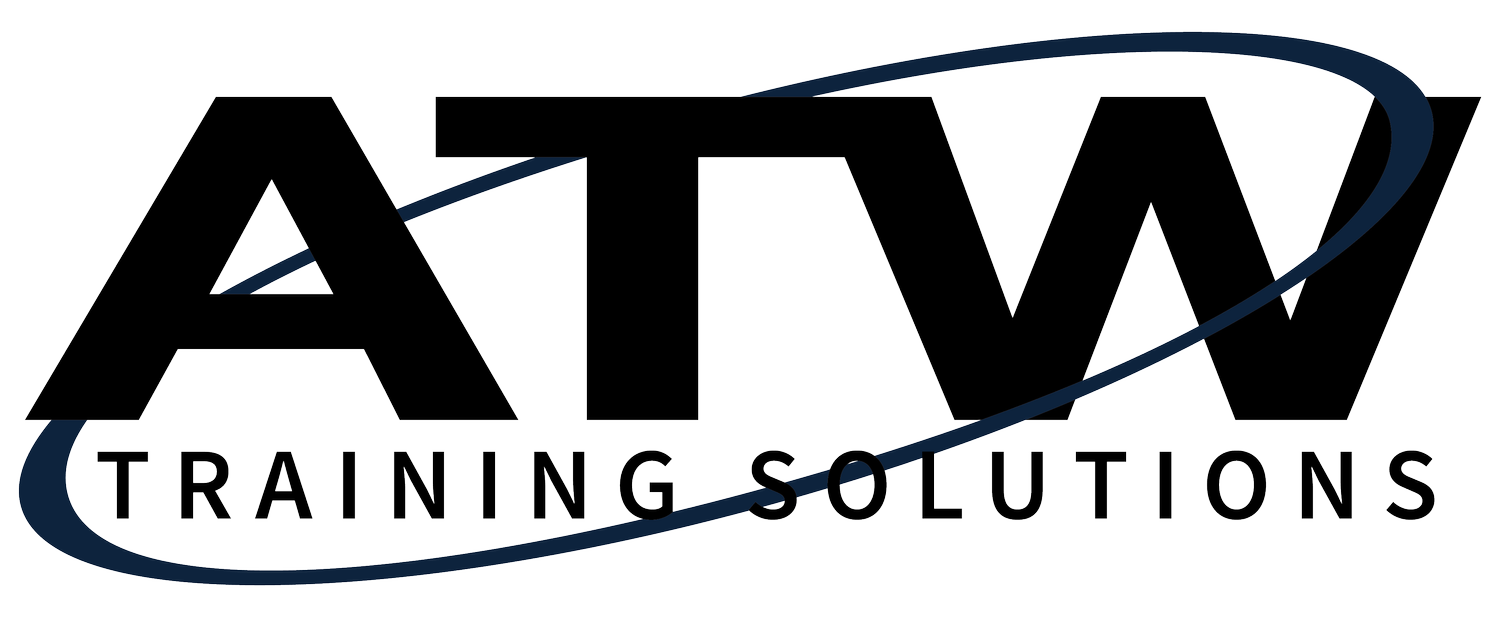Are Your Employees Avoiding Difficult Conversations? Here's How To Turn Them Into Productive Discussions
By Sharissa Sebastian for Forbes
According to a study done by a workplace resource company, Bravely, 70% of employees are avoiding difficult conversations at work and 53% of employees are handling "toxic" situations by ignoring them, which is resulting in declining employee engagement and organizational trust.
Difficult conversations and conflict in the workplace are unavoidable, but they can be handled effectively if done in a timely manner and with a coaching approach. As a leader, it is important to lean in with curiosity and get all the information needed before jumping to a resolution. This approach builds trust, helps team members feel heard and empowers them to take ownership of the situation. Emotional regulation is also crucial to ensure that conversations are driven by facts and not feelings.
Related: Check out our “Driving Difficult Conversations” course!
Here are three effective ways to handle difficult conversations and conflicts in the workplace.
1. Lean in with a coaching approach.
This involves asking questions from a genuine curiosity standpoint and trying to understand where the other person is coming from. It is important to look for common ground and keep in mind what is important to that person, such as goals or things they are already working toward that align with the benefit of resolving the conflict. Connecting the dots to something that is important to them helps them buy into the resolution process in addition to getting them closer to where they want to be.
2. Build a culture of healthy conflict resolution and feedback.
As a leader, it is important to set the tone for what is acceptable and what is not. Proactively come up with a plan, approach or framework with your team for how to handle difficult conversations.
Encouraging healthy discussions and feedback can help create a culture where team members feel comfortable expressing their opinions and concerns without harsh judgment. Try your best to lean into empathy and be non-judgmental. Leading with care and asking how you can offer support before jumping into resolution can help create a psychologically safe environment that builds trust and helps people address conflict head-on.
3. Get buy-in and have a clear plan for the next steps.
It is not enough to just have a conversation and move on. It is important to get buy-in from all parties involved and have a clear plan for what happens next. This can include follow-up meetings or action items that need to be completed. It’s also important to align expectations and have a clear idea of what success looks like when it comes to the resolution plan. All parties need to know exactly what the ideal outcome is in order for the issue to be resolved.
Conflict and difficult conversations are ways that we grow as leaders, and it helps to strengthen our teams if we have a healthy approach to them. It takes intentionality and consistency, but it is possible to create an environment and culture that embraces these opportunities rather than runs from them. If handled well, this can lead to higher levels of resilience, better problem-solving, reduced stress and a stronger commitment to the team. We get to choose whether we experience these opportunities as stepping stones or stumbling blocks.
